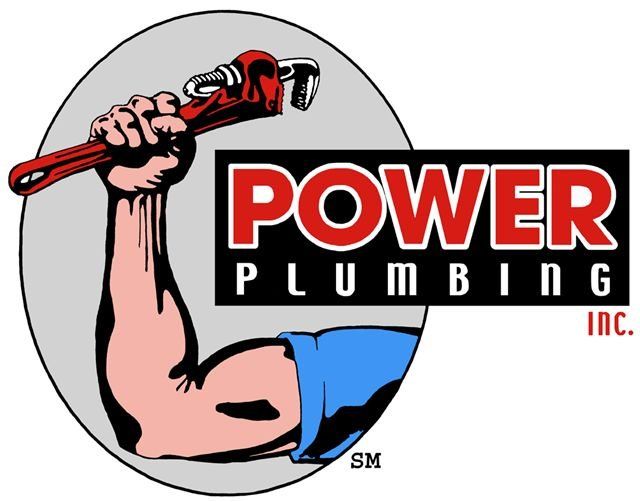3 Common Plumbing Materials Found in Your Home
- By No Author
- •
- 14 Jul, 2023
Behind the walls and beneath the floors of your home lies an intricate network of pipes, fittings, and fixtures that work tirelessly to keep your daily routines running smoothly. Understanding the materials that compose these pipes helps you appreciate the complexity of your home's plumbing infrastructure and empowers you to make informed decisions regarding repairs, renovations, or even simple maintenance tasks. Here are three of the most common plumbing materials found in homes today.
1. PVC Pipes
Polyvinyl chloride (PVC) is a form of plastic that does not off-gas harmful chemicals and reduces the noise of fluids passing through it. PVC is a low-priced material, much less expensive than copper.
PVC is invulnerable to rust and corrosion, and is simple to set up. Plumbers use solvents to bond the connectors and fittings together. However, they must prime and seal the connection with a special PVC cement to achieve a suitable seal.
Because of its inability to withstand temperatures above 140 degrees Fahrenheit, PVC pipes are unfit for hot liquids. PVC is also difficult to recycle and unsuitable to store and transport water for consumption. Ensure PVC piping is permitted by checking the legislation in your area before installing any.
Chlorinated polyvinyl chloride (CPVC) piping is a form of PVC with additional chlorine chemically added to it. Unlike conventional PVC, CPVC is suitable for cold and hot water, making it safe for drinking.
CPVC is also softer than metal piping and features insulation to reduce energy loss, and is fireproof. It is more expensive and unrecyclable, but it is valuable in plumbing for hot and cold water distribution, hot water drainage, and waste and water disposal.
2. PEX Pipes
Cross-linked polyethylene (PEX) pipes consist of chemically bound polyethylene molecules to increase the material's strength.
PEX is perfect for repairing and modifying existing piping since it is flexible, resistant to pressure and temperature fluctuations, and highly durable. Plumbers use compression fittings to join PEX pipes, eliminating the need for glue.
PEX piping comes in a range of diameters, from 1/2 inch to 2 inches. Numerous plumbing fixtures and appliances can utilize pipes in this size range. PEX piping is also compatible with copper plumbing, which makes it a fantastic choice for retrofits and repairs.
Although PEX is more expensive than PVC, it requires much less upkeep because it does not rust or corrode. PEX pipes are nonconductive, making them a more secure option for carrying hot and cold water than metal plumbing.
However, PEX pipes are unsuitable for external use since ultraviolet (UV) rays degrade them and require a specialized instrument for installation and leak testing. Also, PEX pipes require strong support to function properly. Even though PEX has received permits for installations in jurisdictions with stringent standards, further water pollution investigations are ongoing.
3. Copper Pipes
Copper pipes have been common for plumbing in both homes and businesses for many years. Three wall thicknesses are available for copper pipes: M, L, and K. Type K has the thickest walls and is designed for outdoor use, whereas type L is typically used for indoor plumbing. Type M is used for in-wall plumbing supply lines with extremely thin walls.
Copper pipes typically last up to five decades. Copper can withstand both extremely high and low temperatures without deteriorating performance. However, copper is more expensive than other plumbing materials and more challenging to work with in confined spaces. In addition, soldering the joint is necessary to provide a watertight connection between pipelines and other fixtures.
A professional plumber can help you choose the best plumbing material for your use case and install them according to set standards and specifications. Contact us at Power Plumbing Inc for plumbing services in San Luis Obispo County.




